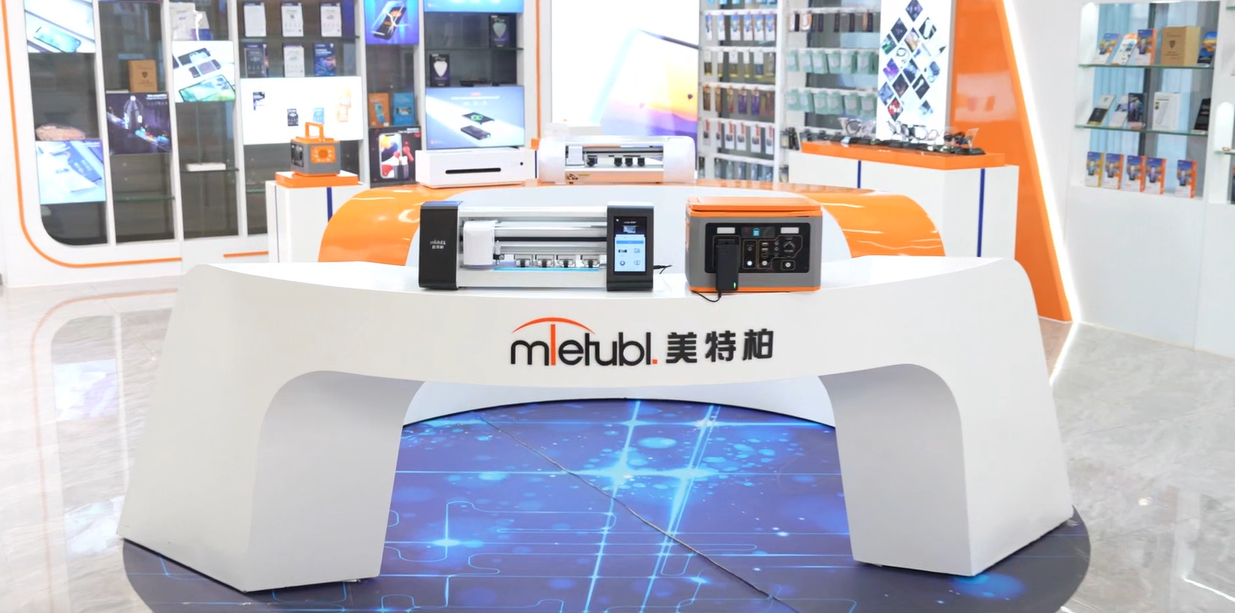
MIETUBL Brand Overview
MIETUBL is a brand originating from China and thriving through China’s intelligent manufacturing. It is committed to providing high-quality mobile accessories and related products to global consumers. Since its inception in 1998, the brand has followed the trends of the times, focusing on resource integration and building a symbiotic and shared industry ecosystem, enabling global consumers to conveniently access quality products that enhance their lives.
By continuously innovating and diversifying its product offerings, MIETUBL has achieved significant success in the mobile accessory industry. As a brand driven by customer value and innovation, MIETUBL has expanded into various product applications while accumulating rich industry experience and establishing a stable customer base. Headquartered in Zengcheng, Guangzhou, the company has strategically positioned itself within the mobile accessory industry, integrating high-quality production resources and aiming for a win-win business model.
Core Values and Development Vision:
-
Customer-Centric: MIETUBL always prioritizes customer needs, continually enhancing product quality and consumer experience through innovation and technological research and development.
-
Resource Integration and Industry Symbiosis: By integrating industry resources, MIETUBL creates a symbiotic, shared industry ecosystem, connecting global distributors and consumers, and promoting mutual growth across the value chain.
-
Global Vision: MIETUBL is committed to bringing Chinese manufacturing to the world, providing global consumers with high-quality, innovative mobile accessories, while offering profitable opportunities for distributors.
MIETUBL’s long-term vision is to continually enhance its products through innovation and quality, establishing “MIETUBL” as a globally trusted brand, recognized in markets around the world.
PRODUCTS
Why Tempered Glass Can Withstand Extreme Heat
The Thermal Tempering Process
The journey of tempered glass begins with regular annealed glass. This ordinary glass is then subjected to a rigorous heating and cooling process. First, it's heated to an extremely high temperature, typically around 650°C (1202°F), just below its softening point. This intense heat softens the glass, allowing its molecules to rearrange.
Crucially, the next step involves rapid cooling. This rapid cooling is achieved by blasting the heated glass with high-pressure air jets. This rapid cooling process is the key to tempering. The outer surfaces of the glass cool and solidify much faster than the inner core. As the core finally cools, it attempts to contract, but is constrained by the already solidified and rigid outer layers. This creates significant compressive stress on the surface and tensile stress within the core. This internal stress distribution is what gives tempered glass its remarkable strength.
Compressive Stress: The Key to Heat Resistance
The compressive stress on the outer surfaces of the tempered glass is the primary reason for its superior heat resistance. This compressive stress acts like a protective shield, resisting external forces, including thermal shocks. When subjected to heat, annealed glass expands uniformly, potentially leading to cracking or shattering under uneven temperature distributions. However, the compressive stress in tempered glass counteracts this expansion, delaying the onset of cracking.
Imagine trying to break a tightly compressed spring; it requires significantly more force than breaking an uncompressed one. Similarly, the compressive stresses in tempered glass make it much more resistant to fracture, even when exposed to rapid temperature fluctuations. This inherent strength allows it to withstand significantly higher temperatures before failure compared to annealed glass.
Fracture Behavior: Shattering into Small, Relatively Harmless Pieces
Even when tempered glass finally does break, it does so in a far safer manner than annealed glass. Instead of shattering into large, sharp shards, tempered glass fractures into numerous small, relatively harmless granular pieces. This is due to the internal stress system. When the compressive stress on the surface is overcome, the stored energy is released, causing the glass to fragment into these smaller pieces. This characteristic is crucial for safety applications, making it an ideal choice for applications where safety is paramount, such as automotive windshields and shower doors.
This controlled fragmentation is a significant safety advantage. The smaller pieces are less likely to cause serious injury compared to the sharp, jagged shards of annealed glass. This inherent safety feature contributes to the widespread adoption of tempered glass in various industries.
Limitations of Tempered Glass and Heat Resistance
While remarkably heat-resistant, tempered glass is not indestructible. Prolonged exposure to extremely high temperatures or rapid, intense heating can still lead to its failure. The compressive stress, while providing significant protection, is not unlimited. Exceeding a critical temperature threshold will eventually cause the glass to weaken and potentially break. This threshold depends on factors such as the thickness of the glass and the rate of temperature change.
Furthermore, scratching or damaging the surface of tempered glass can compromise its integrity, reducing its heat resistance and overall strength. The surface compressive stresses act as a protective layer, and any damage to this layer weakens the overall structural integrity of the glass, making it more susceptible to thermal stress and fracture.
In conclusion, the exceptional heat resistance of tempered glass is a direct result of the thermal tempering process, which introduces a complex system of compressive and tensile stresses within the glass. This unique structural configuration makes it far superior to annealed glass in terms of strength and ability to withstand extreme heat, contributing to its widespread use in a multitude of applications.SUBSCRIBE
INQUIRY